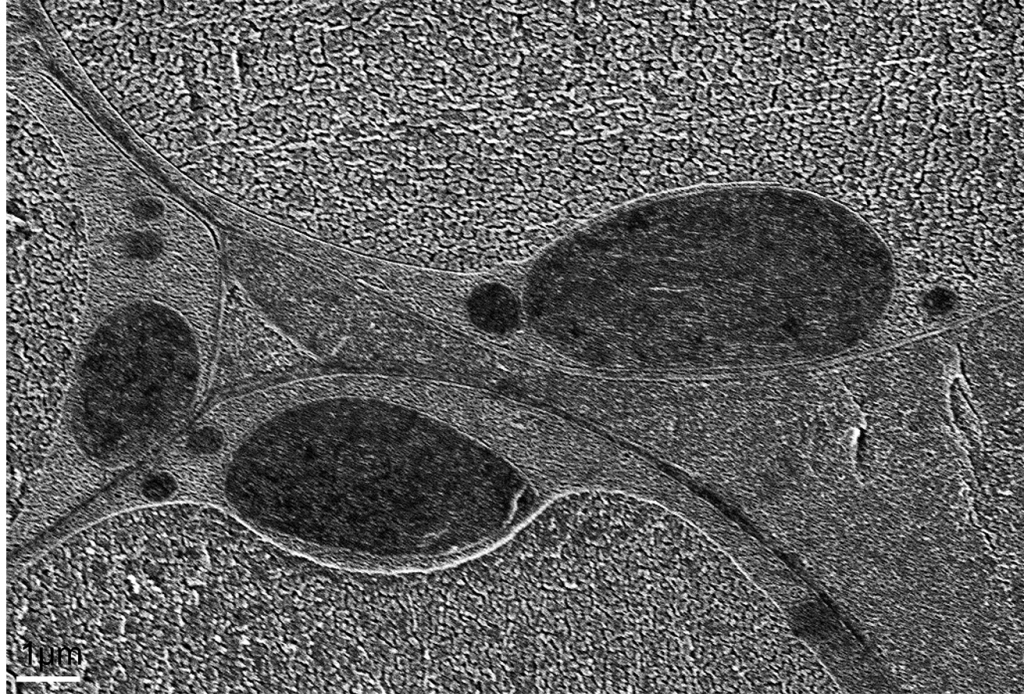
Salinity stress in plants – CryoNanoSIMS approach to tell a salty story
Many of us feel that a dish is incomplete by the absence of that pinch of salt, but plants can easily do without it or are easily stressed by slightly elevated levels of it. Increasing salinity in soils therefore represents a major environmental stress factor for a wide variety of plants, and a growing threat to modern agriculture.
Soil salinity can impact plant growth:
- high concentration of soluble salts in the soil makes it harder for roots to extract water, or
- because elevated Na+ and Cl– concentrations in the plant cytosol are toxic to the cells.
Easily visible changes in response to increased salinity levels are apparent in the aboveground part of the plant, i.e., in the shoot. However, the roots are the first point of contact with the soil and salt ions, and function potentially as the sensing organ that can direct adaptation responses to the stress in the plant. Much remains to be understood on how the plant roots adapt, e. g., their growth in response to salt stress ; particularly at the cellular level.
In this project, we work with the model plant Arabidopsis thaliana to combine genetics, physiology and high-resolution chemical mapping to understand cellular-level responses to saline environment. Cryo-preserved root tissue conserves its cellular contents in their `near-native` state and its elemental distribution can be spatially mapped with ultra high spatial resolution using the newly developed CryoNanoSIMS. With this unique instrument, we hope to answer fundamental questions such as: Where in the cell does the plant sequester salt when exposed to toxic levels? How does the plant fine-tune the intracellular distribution to maintain homeostasis? And much more…
The work is in collaboration with Professor Niko Geldner at the Department of Plant Biology and Electron Microscopy Facility at UNIL.

